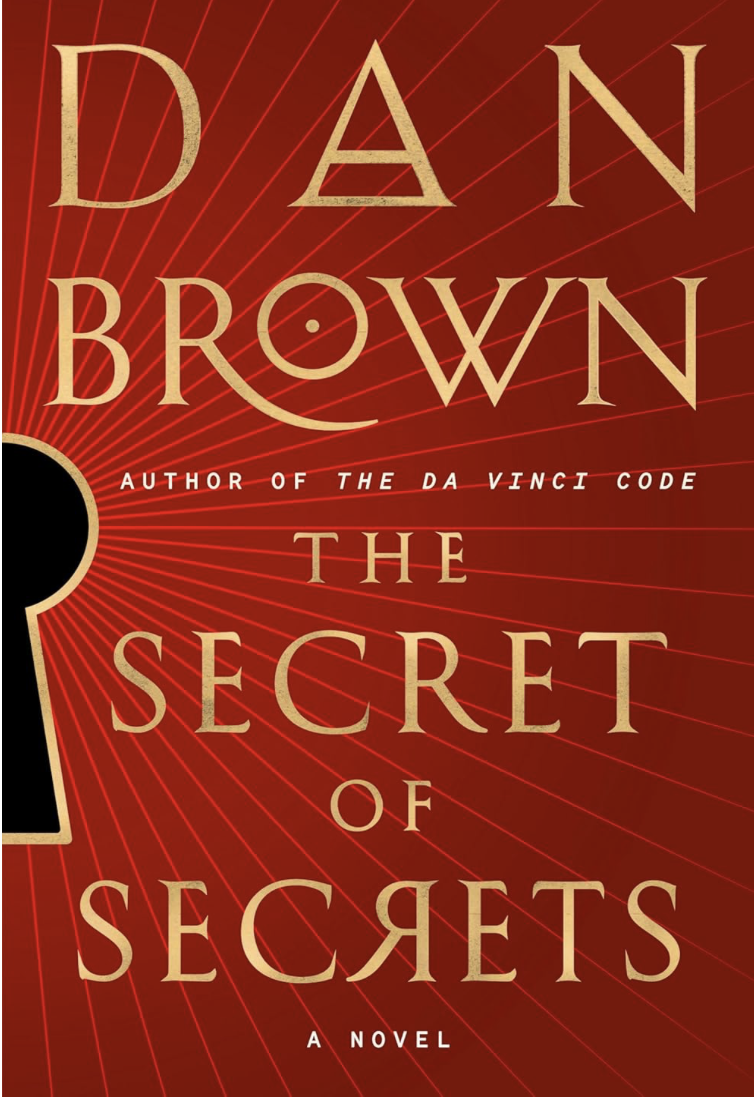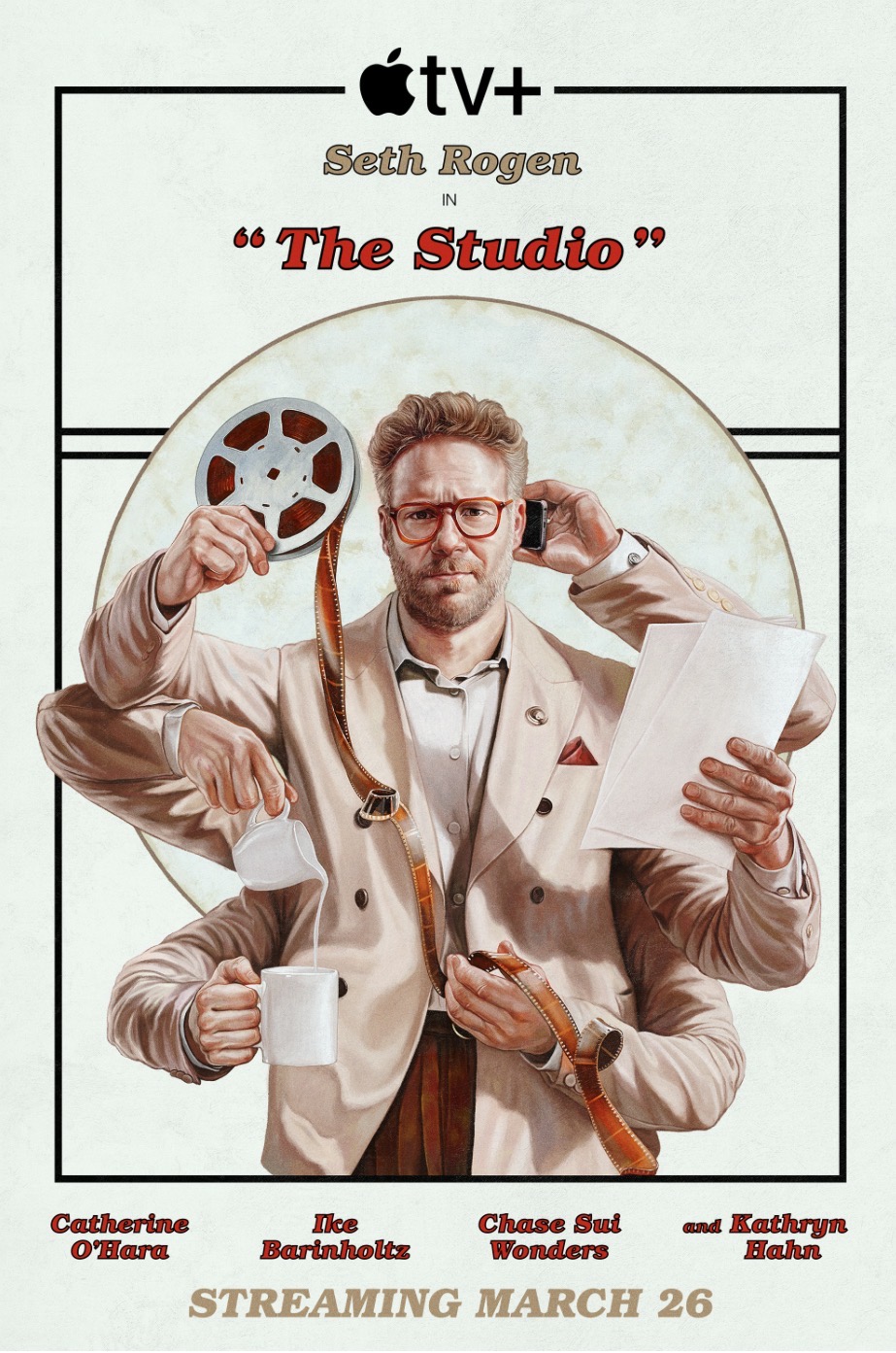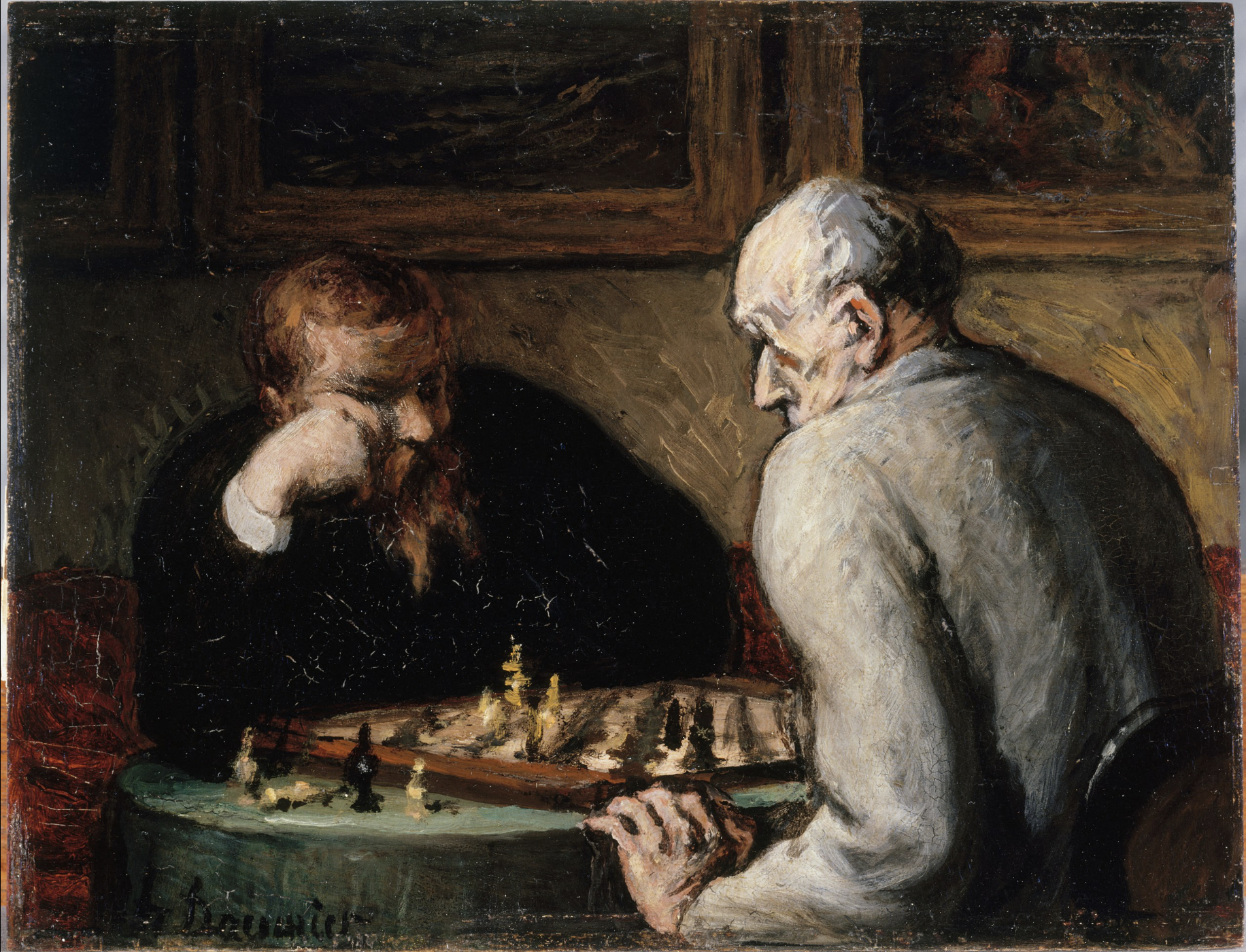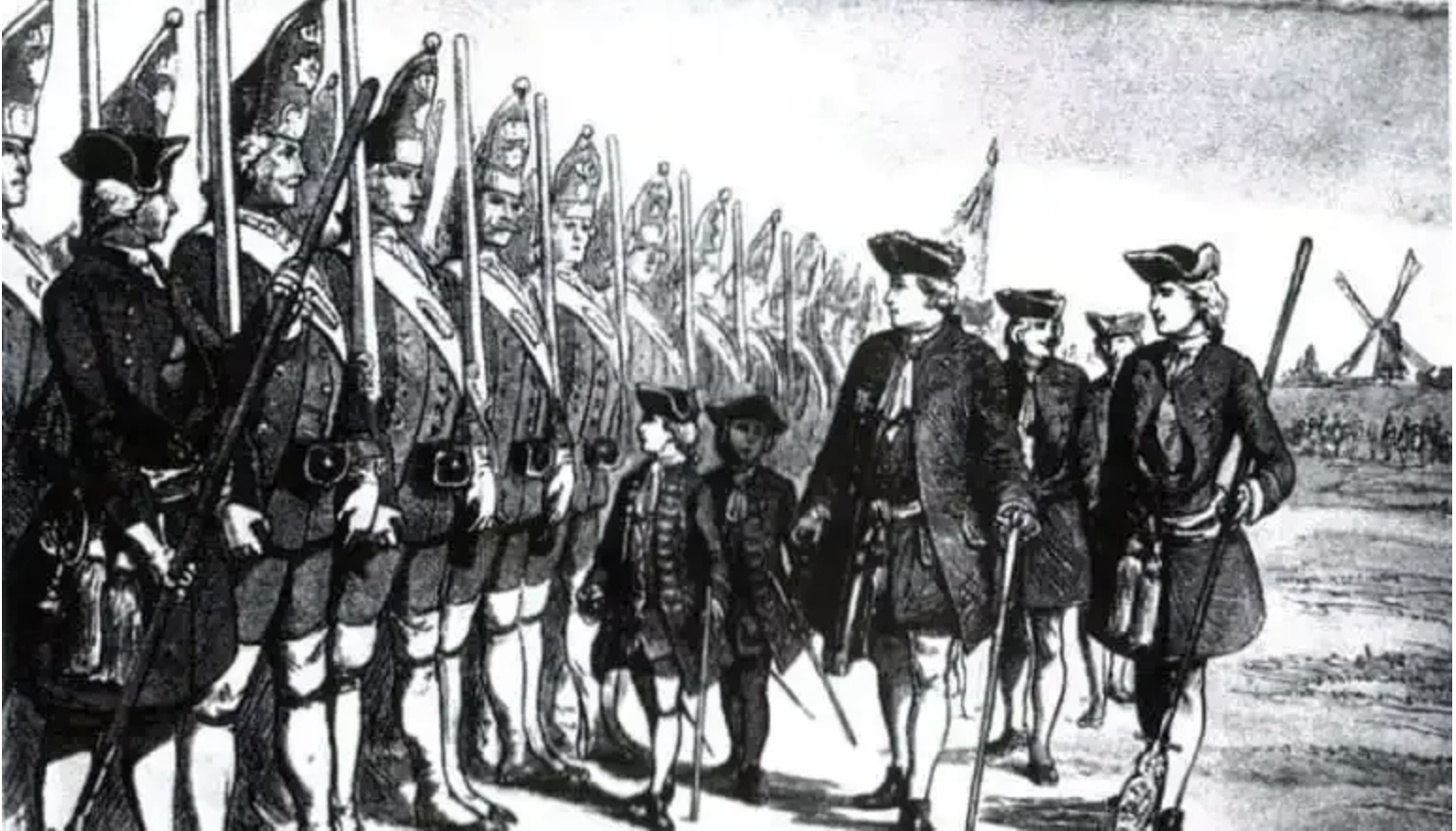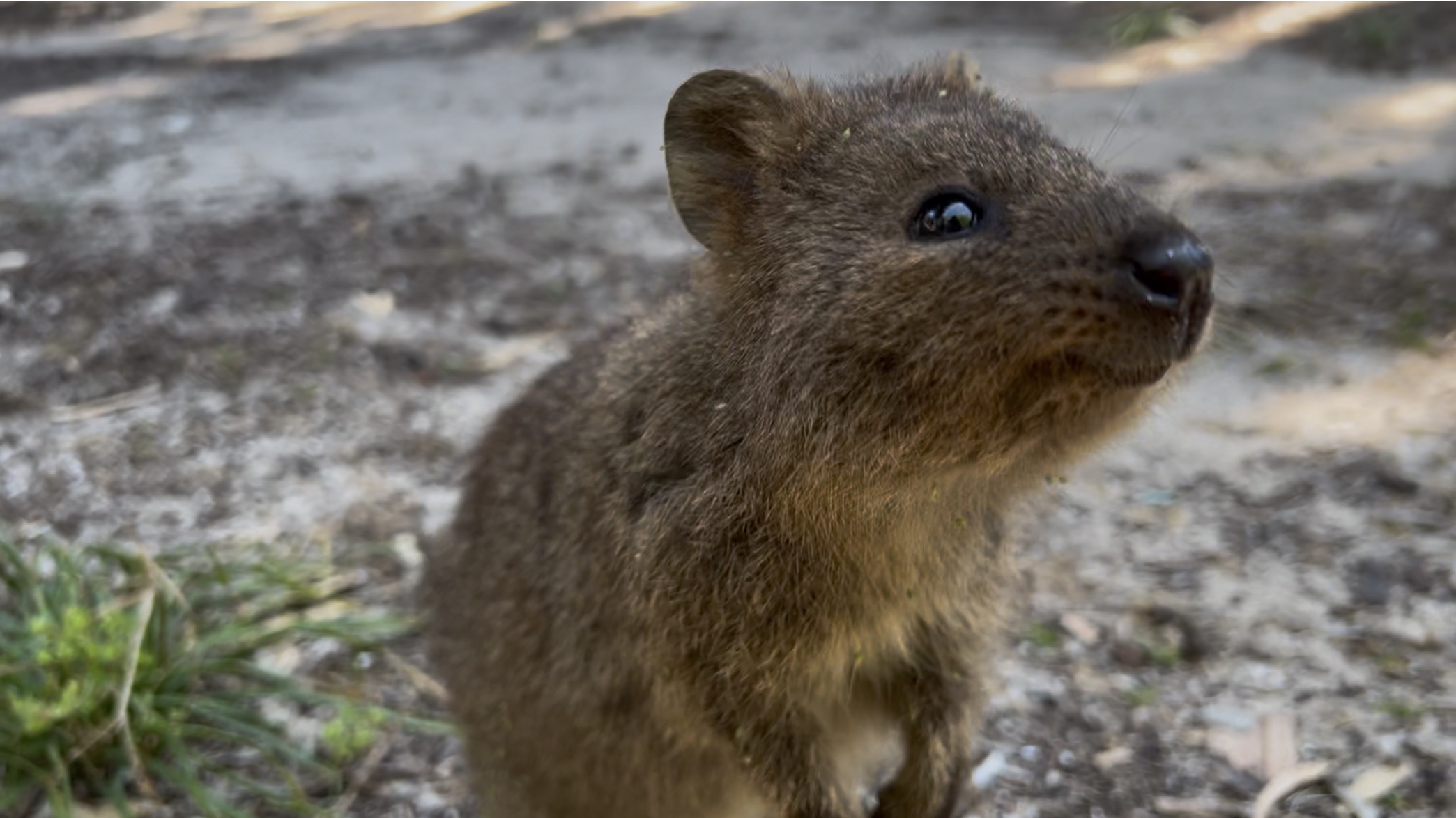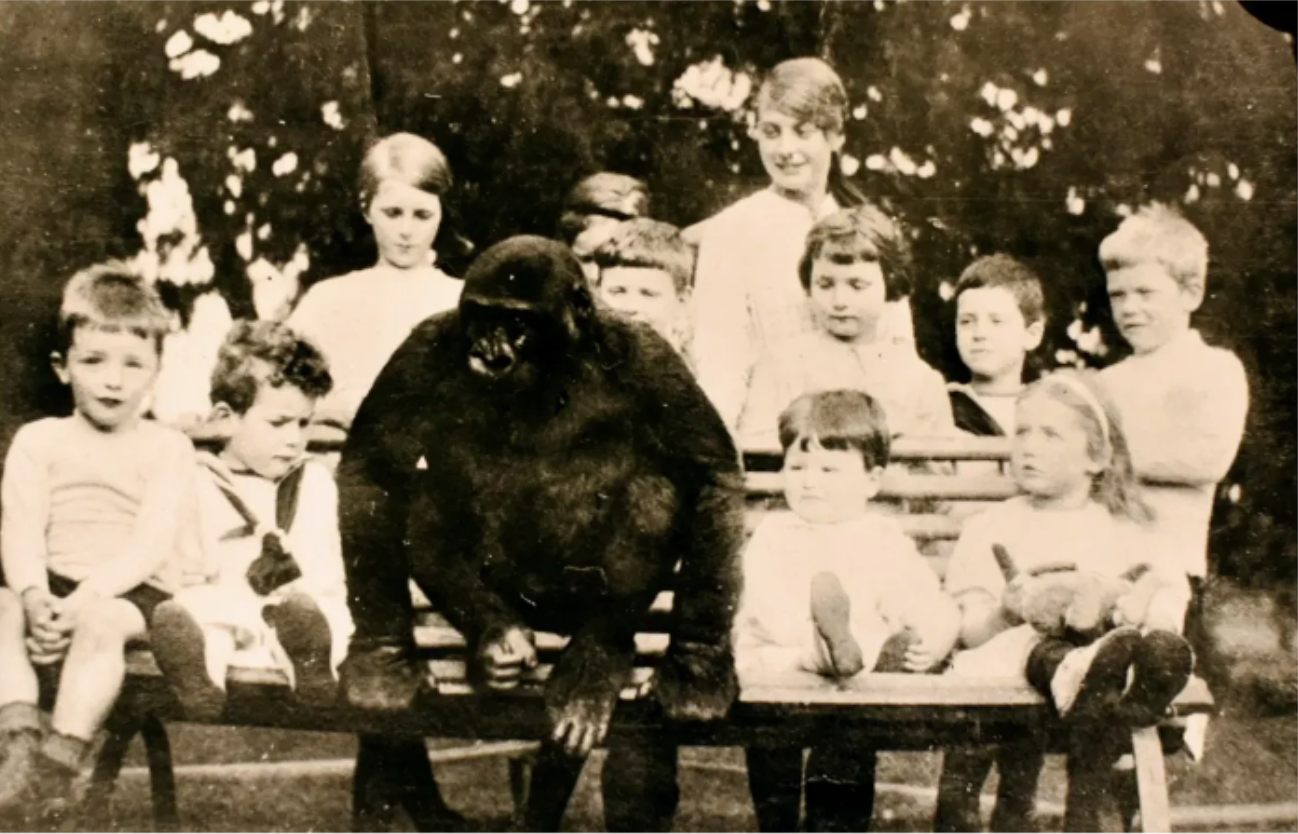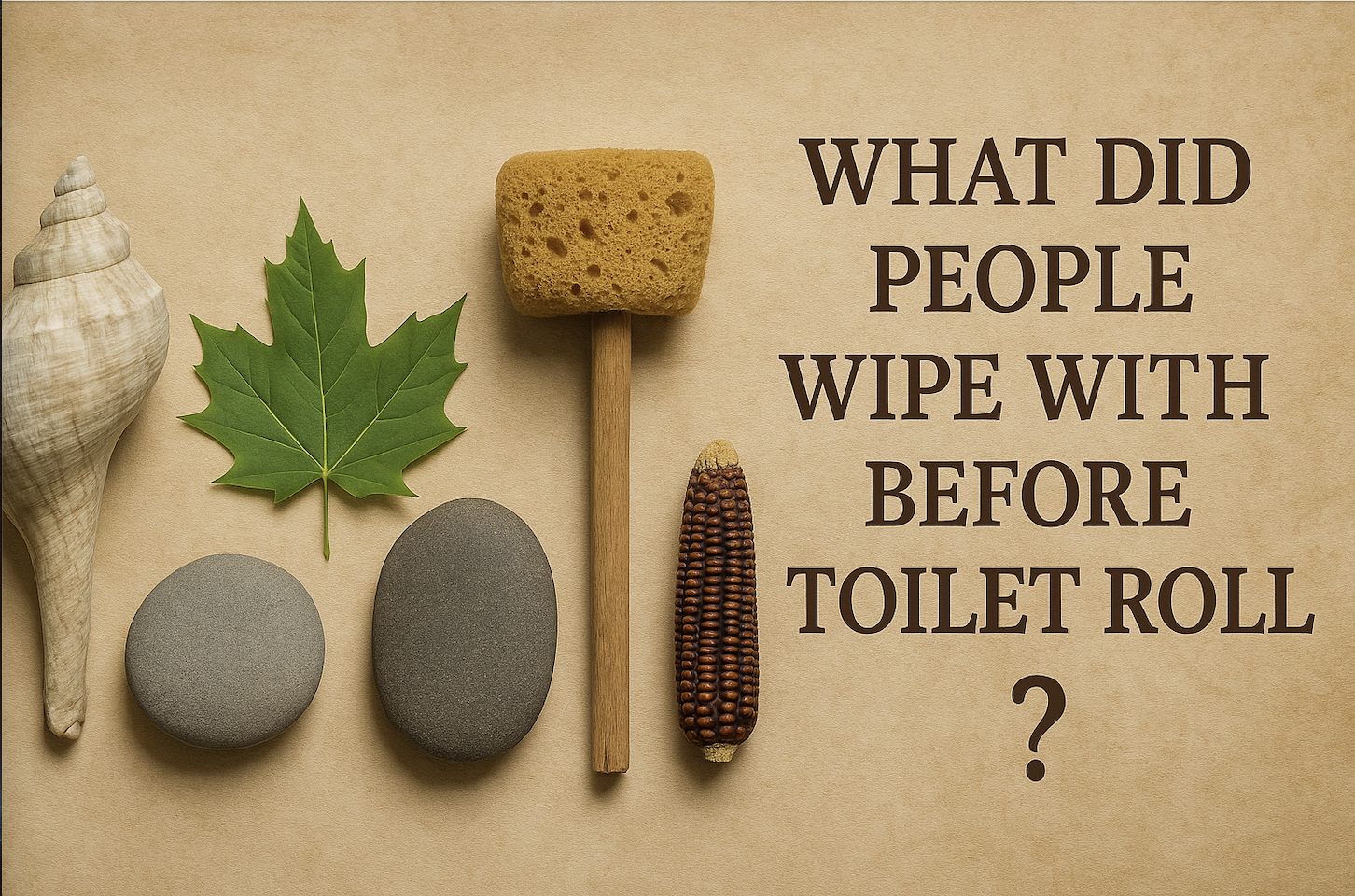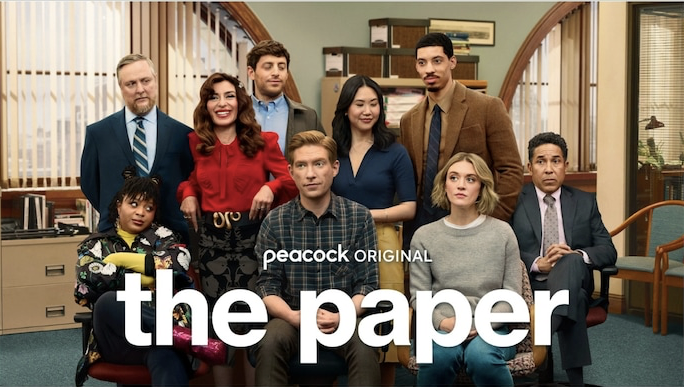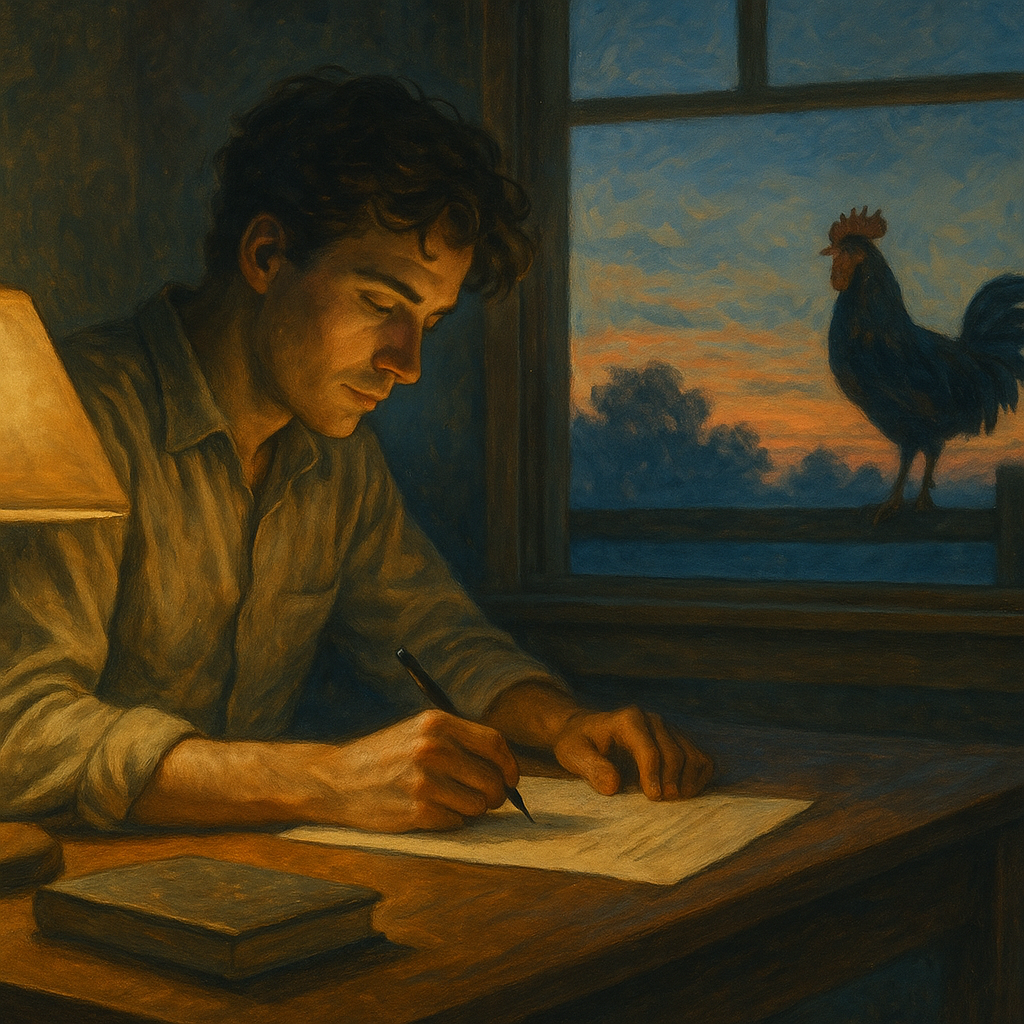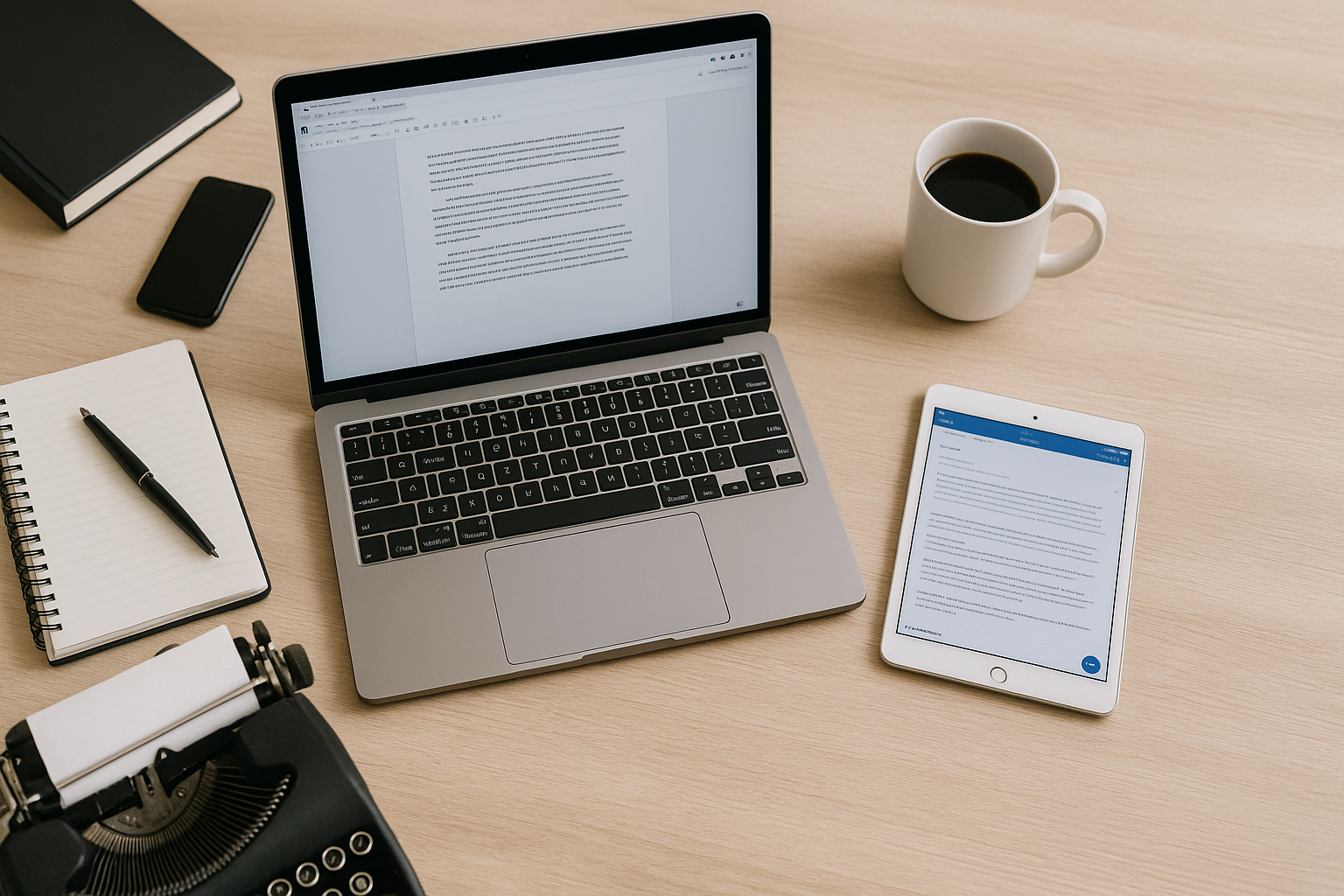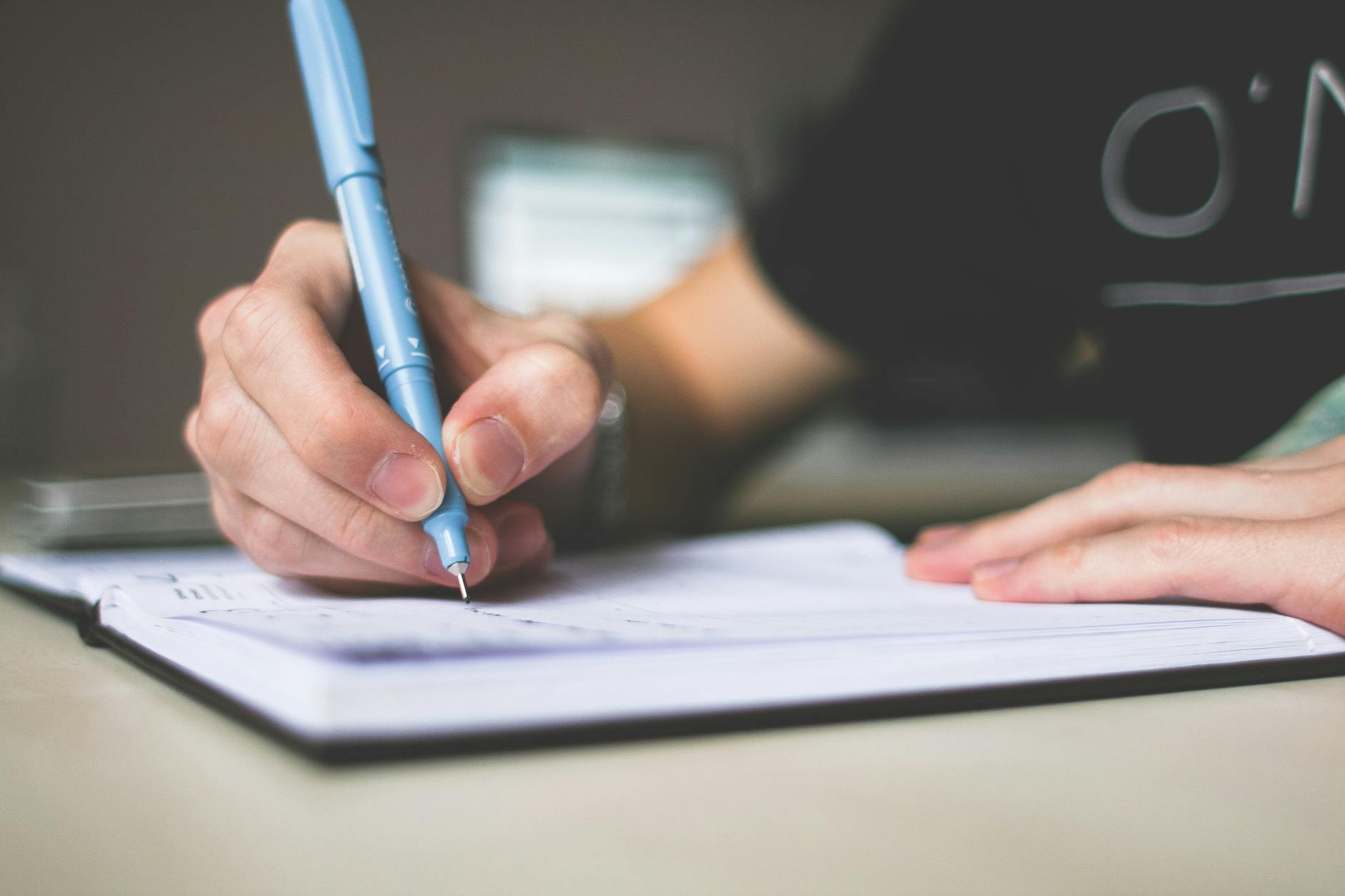How to make the perfect cup of tea based on science
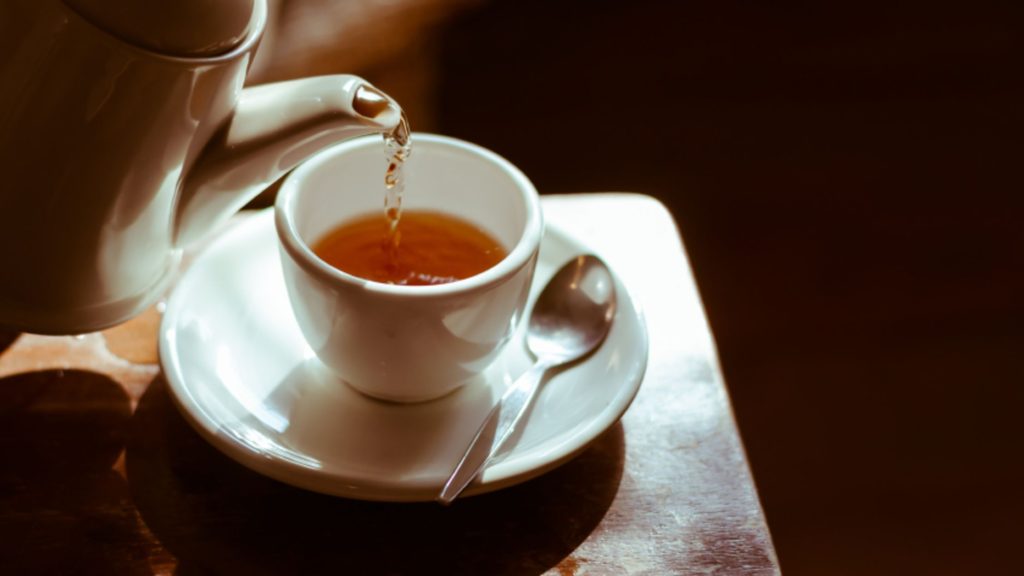
Tea!!! Everyone loves a cuppa, right? This article originally appeared here on the Medium website but I thought I would share again as it will surely be of benefit.
Tea is one of the most popular drinks in the world and continues to grow in popularity. In 2013, 234 billion litres of the stuff was drunk. In 2020, that is estimated to have risen to 289 billion litres. Which is an impressive amount. By country, China predictably consumes the most but if calculated by individual consumption, we get a different picture.
The top three countries by per person consumption (source here):
- Turkey — nearly 7 pounds per person.
- Ireland — 4.83 pounds per person
- United Kingdom — 4.28 pounds per person
China, by contrast, came in at a mere 1.25 pounds per person.
The industry is worth over 14 billion USD a year and that amount is growing by an estimated billion USD a year. It’s a big business.
Being English, Irish, and Australian, this is important to me. The debate about how to make the best cuppa can be controversial as you will see with the last two points below. But what do the experts recommend?
How to make the perfect cup of tea according to Food Scientists
Cups or mugs are best
The best tea comes in a cup or a mug. At a push, you can opt for other non-porous receptacles like glass.
Don’t use styrofoam or plastic as they are awful (and evil for the planet). Styrofoam especially, as it is porous and will absorb some of the flavour compounds, making the drink taste worse. A similar thing happens with plastics but just over a slightly longer period of time.
The colour and type of cup can psychologically affect sweetness
This may seem strange but the way humans perceive taste, and this goes for food as well, depends to some extent on how it is presented. Psychology influences perception.
Bizarrely, this means that hot drinks that are in red or orange receptacles taste sweeter. White or blue mugs, less so.
Other tests have shown that if you serve someone tea in a fine china cup with a saucer, they are likely to think they are consuming something special. Consequently, they appreciate the taste and subtlety of the flavours more.
Another tip is to warm your cup slightly so that the heat doesn’t immediately disappear after you have brewed it for the correct amount of time (which will be revealed below).
Make sure the water is the right kind of water
The hardness and softness of water affects taste.
If your tap water is soft and lacks minerals, it can taste odd and a bit soapy. Conversely, hard water can look a bit ‘chalky’ due to calcium, and this can also negatively affect the flavour. Even worse, you sometimes get some scummy stuff floating on top which is harmless but no one likes scummy stuff. This can be fixed by filtering your water.
Teabags or pots?
Finally, we get to the actual tea. Generally speaking, loose leaf is better as it has more room to swirl around and release its lovely flavour. Having said that, the majority of tea drunk these days comes from tea bags.
Historically, teabags contained worse quality tea. Tea manufacturers would save the good stuff for loose tea and put the rest in teabags for the cheapskate oiks. This has changed a lot in recent years as tea has grown increasingly popular. There are now high-end brands putting out top quality tea in bags to meet demand. However, loose tea is still probably better depending on how it is brewed.
How long should you brew it for?
This is where things get more controversial. In the UK it is something of a stereotype to say that tea is brewed longer, and is, therefore, stronger, in the north. Conversely, southerners prefer a weaker brew and can find the northern stuff a bit bitter.
But there is a perfect amount.
The average amount of brewing time around the world is around two minutes. This, frankly, is wrong. It is all down to how much caffeine is extracted.
Food scientists experimented using a variety of tea, both loose leaf and in bags, to see how long it took to extract all the caffeine from tea. These timings were calculated using water that has just boiled (which is essential). The results were (source here):
30 seconds: 9% caffeine removal
1 minute: 18% caffeine removal
2 minutes: 34% caffeine removal
3 minutes: 48% caffeine removal
4 minutes: 60% caffeine removal
5 minutes: 69% caffeine removal
10 minutes: 92% caffeine removal
15 minutes: 100% caffeine removal
Less than two minutes and it’s barely tea. There is, however, a problem. If you brew tea for more than five minutes it starts to release tannin, which can make the tea taste bitter.
So, according to science: brew your tea for five minutes.
Should you put milk in first?
This is the most controversial and highly contentious part of the tea making process. (At least it is, in countries that care.) The great Tea In First vs Milk In First debate. Or – TIF vs MIF.
There is an erroneous belief that when fine bone china became all the rage, people had to add milk first so the china wouldn’t crack. So the upper classes would add milk first and everyone else could do what they like.
In fact, the opposite was true. High-quality china was popular due to its ability to withstand heat without cracking. Everyone else, drinking from low-quality mugs, often put milk in first as these were more likely to crack. The Queen of England’s head butler confirmed that her majesty has ‘tea in first’.
Now that society has mastered non-cracking mugs, the debate now turns to which is ideal in any type of cup. More scientists got involved but unfortunately, even they started to debate the topic.
George Orwell famously wrote an article entitled A Nice Cup of Tea in 1946. In the essay, he argued that the tea should go in first. However, in the tea-obsessed UK, the Royal Society of Chemistry studied this in-depth and decided it was better to put the milk in first because if you added it after, the milk may experience ‘denaturing milk proteins’.
You would think that would have settled it but then the Institute of Physics decided to join in the argument, concluding that temperature is what is most important and not milk. The Institute’s chief executive, Dr Julia King said:
“Trust chemists to make things complicated. When it boils down to it, the physics is more important than the chemical side of things.”
Food scientists have reached a rough consensus that tows a middle line.
If you are drinking tea in a mug with a teabag, add in the milk after. As the physicists say, it is all about heat and this is backed up by the brewing times mentioned above. The water must be just off the boil.
However, If you are brewing the tea in a pot, milk in the cup first is probably better as the tea will have brewed and the temperature will be the same.
Clear? Ok.So there you have it.
The perfect cup of tea according to science:
- Use a non-porous cup or mug.
- Try and get pure or filtered water.
- Loose tea is generally better but not so much these days.
- Brew for five minutes using water just off the boil.
- Tea before milk if making tea in a mug, or milk before tea if using a pot.
Enjoy.
Now this is some good tea!
